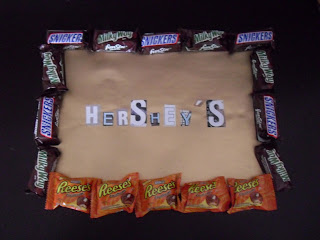Futurism
Futurism developed in Italy around the same time as cubism appeared in France. Like cubism, futurism was short-lived, lasting only from 1909 until 1916.
Futurism was the first of many movements that tried to break from the past in all areas of life. Art of this period glorified the machine age, modern life, and war. Artists wanted their work to capture the power, excitement, and speed of modern industrial society. Futurism artwork often depicted motorcycles, automobiles, and trains. Artists learned to break up realistic pictures to into multiple images and overlap the various colors.
Why does it represent the history of that time?
Futurism was the first of many movements that tried to break from the past in all areas of life. Art of this period glorified the machine age, modern life, and war. Artists wanted their work to capture the power, excitement, and speed of modern industrial society. Futurism artwork often depicted motorcycles, automobiles, and trains. Artists learned to break up realistic pictures to into multiple images and overlap the various colors.
Why does it represent the history of that time?
Because one thing that is important for us is the future more than the past and by this type of art we can appreciate or try to see how we could life be in the future
Why does it represent the culture of that time?
It represents the culture of that time because at that time there was a transition in art, and the persons were looking to see how life would be in a future.
Why and what does it represent something you really fond of that time or period?
Because is the period that maybe some or all of us maybe will live and for me something really good or interesting is to see how art started with the things as simple as you can imagine and know days how it became very complex and helps you imagine how the art will be in the future.
Why do you like that particular artist that much?
I don’t looked up for any artist it just that I remembered a place I visited and was the inspiration in this my third partial project the place I’m talking to you is times square
Works Cited
"Art Education." Art Education - Australia. na. Web. 11 Nov. 2010. <http://www.arteducation.com.au/art-movements/futurism.php>.
"New York." Jocelyne Pink Ny. na. Web. 11 Nov. 2010. <http://wwwjocelynepink-jocelyne.blogspot.com/2010/06/ny-new-york.html>.










,_1890-91_(190_Kb);_Oil_on_canvas,_60_x_100_cm_(23_5-8_x_39_3-8_in),_The_Art_Institute_of_Chicago.jpg)










